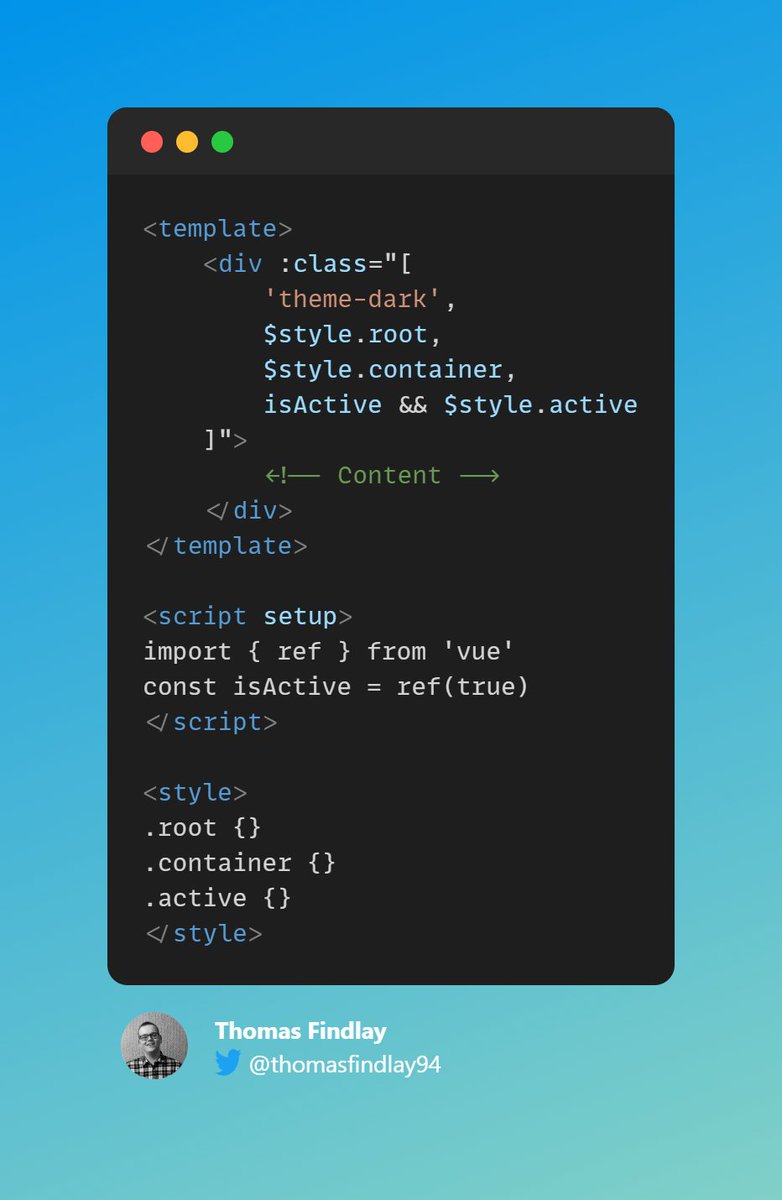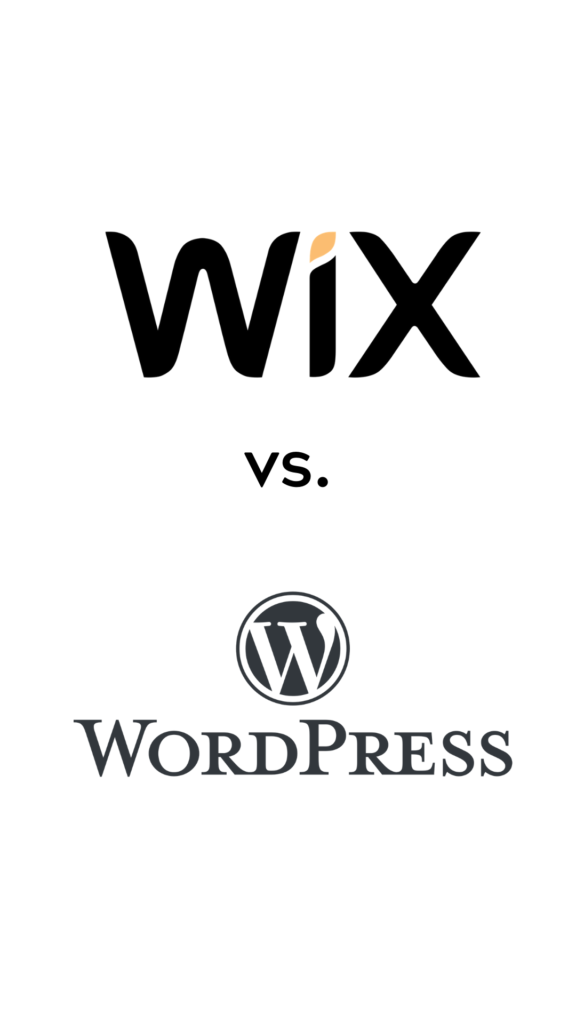
What is $implicit in Angular?
What exactly does $implicit property mean in Angular? How does it figure into structuring and managing your Angular applications? When and why should you be using the $implicit property in your coding activities? These are just some intriguing questions that this article hopes to address, delving deep into the concept of $implicit in Angular – a powerful tool utilized by developers for various purposes.
According to documentation provided by the official Angular website, a compelling challenge often faced by developers is the manipulation and management of structural directives, a function where $implicit proves immensely useful. Google, the creator of Angular, offers resources that cite the critical role $implicit plays in making the coding process streamlined and efficient. Survey data from Stack Overflow reveals that a significant number of developers in the USA frequently encounter hurdles when handling structural directives, emphasizing the necessity for comprehensive discourse on this issue and solutions as offered by properties like $implicit.
In this article, you will learn about how $implicit in Angular is instrumental in significantly reducing code redundancy, helping you effectively organize components in your Angular applications. The potential utility of $implicit extends further, as it lends itself in dealing with structural directives through an innovative, relaxed approach. This guide will provide a wholesome understanding of the $implicit property, how it functions, and the ways you can make use of it in your development activities.
While this topic might seem complicated, the article aims to explain this concept in an easy-to-understand manner. Expect to see real-world scenarios where this property has been utilized, walk-through examples, and expert tips on leveraging $implicit. As we take a deep dive into the world of the $implicit property in Angular, you will discover how transformative its correct usage can be for your coding operations, raising your development practice to a new level altogether.

Understanding the Definitions of $implicit in Angular
In the world of Angular, a popular programming framework for web development, $implicit holds a unique place. Simply put, $implicit is a property that Angular uses to automatically pass a value into a context whenever we use the structural directives *ngFor or *ngIf. Think of it as an invisible messenger that transfers information from one place to another.
For a non-technical reader, imagine you’re at a restaurant where the chef sends out a dish to the table. The chef doesn’t need to explain what’s in the dish because the waiter (the $implicit) already knows and explains it to you. Thus, $implicit simplifies certain tasks in coding, making the coder’s life easier.
Unmasking $implicit: The Hidden Jewel of Angular
Understanding $Implicit in Angular
The $implicit feature of Angular is a secret powerhouse that often goes unnoticed. Angular, a well-known platform for building web applications, has added a robust toolset for developers, and $implicit is a gem worth unearthing. Its primary purpose is to allow data sharing across different sections of an application by acting as an implicit reference. $implicit in Angular is largely associated with helping developers to handle directives and components more efficiently, especially when dealing with a context that does not expressly define a variable.
Inside structural directives like *ngIf and *ngFor, the use of $implicit is quite common. It assists in the decoupling of directives from the DOM, transforming the handling of elements in a way that aids readability and clean coding. More specifically, it is useful when we want to assign a local template variable without defining it in the view context.
How does $Implicit Work
So, how exactly does $implicit work? When we declare a structural directive, we often introduce a variable to loop through or evaluate a given condition. This introduced variable does not come from the component but is local to the directive. It’s the $implicit property that allows developers to access this newly defined local variable.
Angular uses a TemplateRef to instantiate embedded views. The context for each embedded view, in terms of the variables it can access, is defined by an NgTemplateOutletContext. The $implicit property in the NgTemplateOutletContext allows you to control what gets injected into the template at runtime.
- *ngFor: Within an *ngFor directive loop, $implicit represents the individual items in the list. The template for each item can be referenced with a local template variable.
- *ngIf: When working with *ngIf, the boolean condition in the directive binds it to the $implicit property. The condition can be accessed within the container using a local template variable.
Within the template context, you can declare other properties alongside $implicit. However, remember that $implicit values are accessible via a succinct syntax and take priority over other context variables. If a variable and $implicit bear the same name within the same context, $implicit will override the variable. Ensure that you keep track of the names you give to your context variables to minimize conflicts. This precaution is a safeguard to maintain the integrity and functionality of your Angular-based projects.
The Transformative Power of $implicit in Angular: Unraveling its Potential
Harvesting The Advantage of $Implicit
Why do we constantly chase simplicity in code? The answer to this question takes us right into the heart of the powerful $implicit in Angular. As software architects, we strive for clean, concise, and highly maintainable code. The Angular framework itself was designed around these principles and $implicit, an often underestimated feature, remains a key asset to this. Essentially, $implicit makes it simple to pass data from a component or directive to a host element, thereby simplifying our templates and enhancing performance.
Tackling the $Implicit Quandary
Despite the evidently advantageous nature of $implicit, our problem lies in its under-utilization. Its powerful component, ng-template, is overlooked due to lack of awareness, and therein lies the rub. The Angular community has, therefore, been unable to fully tap into the potential of $implicit. Additionally, its implementation can be complex for beginners or those unfamiliar with the inner workings of Angular’s context object. This complexity, in turn, often discourages developers from leveraging $implicit, despite obvious benefits, including more controlled data dissemination and improved codebase management that come with it.
Best Practices to Unleash $Implicit’s Potential
The power of $implicit can be unveiled through the implementation of best practices. Firstly, you can use $implicit without value property in a structural directive, thereby sharing data between a directive and template. Secondly, you can use $implicit with , which allows a component to insert dynamic content in its view. Furthermore, you might also use $implicit in Angular’s tooltip, passing data to it from your component.
Consider the example of an ng-template. We might define it with let-item, and use the $implicit keyword to assign the item variable to data. Now, the item variable is accessible, and can be used within our code to display data. Another example is using $implicit in a structural directive. Consider a directive that creates dynamic elements in DOM. Here, a context can be provided with $implicit to pass the data to the element, thereby simplifying overall data management.
Embracing these practices will strengthen Angular’s role in your development projects, allowing you to make the most of $implicit’s simplicity and robust scope management.
$implicit in Angular: The Secret Weapon for Enhanced Dynamic Content
Understanding $implicit in Angular
Have you ever wondered how Angular maintains its powerful reputation in dynamic content creation? The secret lies in its unique feature known as $implicit. Essentially, $implicit in Angular is a mechanism that maintains high-level flexibility in creating multiple layouts via a single component. The standout point of $implicit is its dynamic nature of handling data. It allows developers to assign values directly and use them with ease in the component without requiring additional input properties. Therefore, this built-in context property makes the architecture of Angular applications more versatile and aids in maintaining code reusability and simplicity.
Tackling with $implicit – The Common Issues
Despite its benefits, employing $implicit in Angular isn’t always a seamless journey. Developers often face a critical challenge – maintaining compartmentalization. Given that $implicit allows passing undetermined data types, it is easy to lose track of what’s being passed around in components. This could potentially lead to a lack of type safety and the risk of introducing unwanted bugs or glitches into the system increases. Furthermore, if the responsibility of data formatting lies completely on the component, it tends to place undue burden and complexity on the component, leading to problems in organizing chaotic codes.
The Ideal Use of $implicit in Angular
The key to overcoming these challenges lies in adopting some best practices. Let’s take the embedding of a list component as an example. In a common practice, instead of hardcoding the data within the component, you could use *ngFor directive to loop over it, thereby utilizing $implicit to pass the individual item to your embedded component. This practice ensures heavy logic lifting is divided among multiple components and enhances code readability and maintainability. Another practice revolves around ensuring type safety by using TypeScript generics. This practice allows the prediction of the data type that $implicit is handling, thereby child-proofing your components.
On a final note, it’s crucial to remember that though $implicit brings versatility and power to Angular, its usage needs careful handling. By following the right practices, you will be able to enjoy the amplified benefits of dynamic content management in Angular with $implicit while minimizing the chances of making your code more complex or less maintainable.
Conclusion
Does your understanding of $implicit in Angular invoke further curiosity? Complexity can often be a source of intrigue, fostering us to delve deeper into the myriad aspects of Angular. The $implicit property indeed plays a vital role in shaping the functionality and the definitive nature of the programming component. Its role in structural directives has proven fundamental in coding processes, enhancing the approach and ensuring a streamlined performance.
Moreover, our engaging and insightful blog aims to bring consistent updates and knowledge on such critical topics. It is truly a collaborative platform where ideas meet innovation. Your loyalty and participation are what drives our commitment to present the latest and most in-depth information to you. Your journey with us is what catalyzes our relentless pursuit of disseminating valuable knowledge.
It’s a fascinating journey along the way, and we can assure that future updates are worth awaiting. Our platform will persistently bring newer and interesting insights about Angular for you. Hence, let’s continue this journey of exploration into the world of Angular together, eagerly anticipating what the future of technology holds for us. Remember, every piece of new information brings you one step closer to becoming proficient in your field. So don’t miss out on our upcoming releases! We promise; they’ll be worth your time.
F.A.Q.
FAQ
-
What does $implicit mean in Angular?
$implicit is a special property in Angular used to pass data from a directive to a component. It allows the context to implicitly define a specific property, simplifying and enhancing the readability of your code.
-
How is $implicit used in Angular?
$implicit is primarily used in conjunction with the ng-template directive in Angular. When defining properties to be passed into a component via an ng-template, $implicit will designate the default property that can be accessed without a specific reference.
-
What is the difference between explicit and implicit context in Angular?
Explicit context requires a specific reference while binding in expressions, whereas implicit context, represented by $implicit, does not. The value assigned to $implicit can be directly accessed in the template without a specific reference.
-
Why should I use $implicit in Angular?
Using $implicit in Angular helps in streamlining your code and increasing its readability. By making a variable available implicitly, you can access the desired value directly instead of calling it from an object.
-
Can I use multiple $implicit in the same Angular application?
No, for each template, only a single $implicit property can be used. If there are additional properties to be passed into a component, they must be defined explicitly and accessed using specific references.












